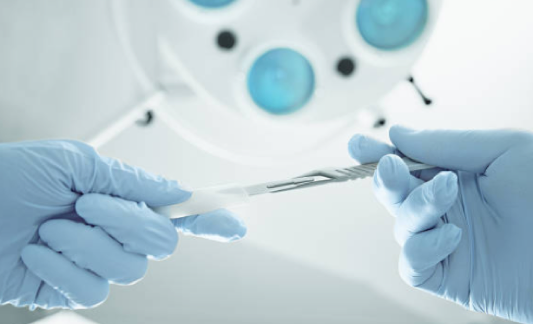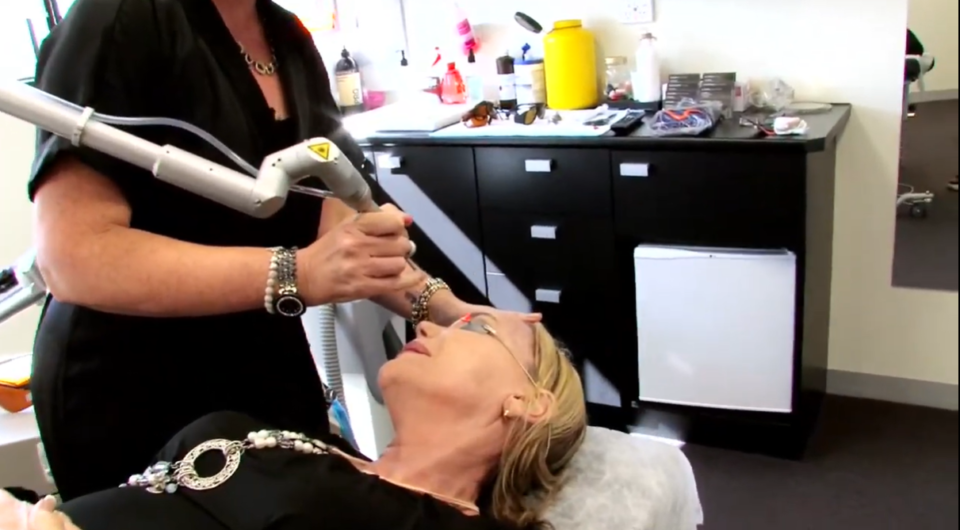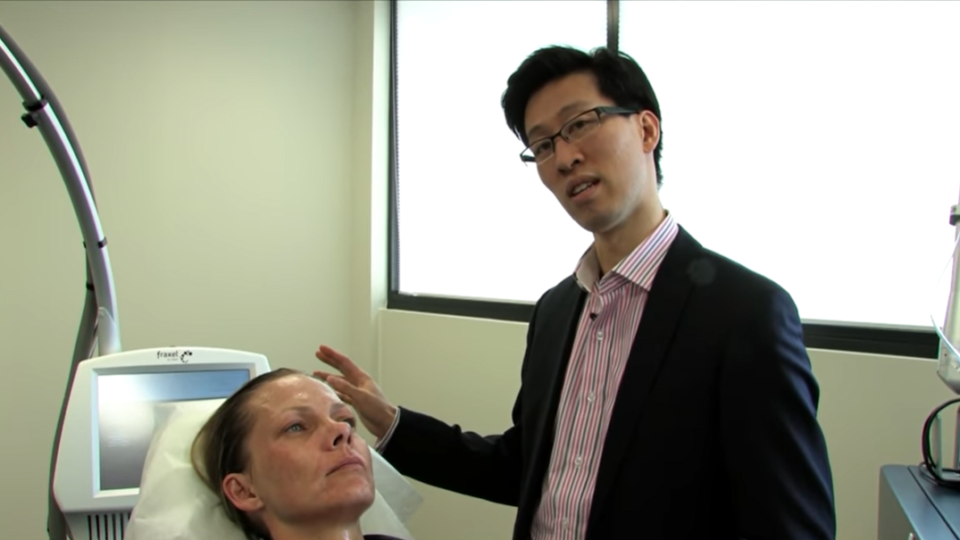Acne scarring treatments for all skin types
Did you know that mild to severe acne outbreaks can affect men and women from puberty until their 40’s? Acne is a medical skin problem that is categorised by the incidence of cysts and pimples on the face, arms, chest or back. While acne can improve over time, it can often leave scars behind. Acne scarring treatments are available for all skin types and conditions.
Dr Sara Mullen Cosmetic Doctor, MBBS, FRACGP, Specialist Registration – General Practice (MED0001157017), says there “are several treatment options available for acne scarring. Of course, this depends on the intensity of the scarring, where the scarring is, how much scarring you have and how much recovery time you have available.”
It’s important to note that while multiple acne scarring treatments can improve acne scars, in most cases they will not be completely removed.
Different types of acne scars include:
- Boxcar scars: Boxcar acne scars are superficial punched-out scars with a cross-section of vertical sharp edges. They can be round or oval.
- Deep divots: Deep divot acne scars are very deep scars that involve loss of subcutaneous tissue volume, which results in a large divot.
- Hypertrophic: This type of acne scarring is raised and can be pigmented.
- Ice-pick scars: Ice-pick acne scars look like shallow or deep narrow holes in the skin that are similar to an indentation left by an ice pick.
- Keloid: A keloid acne scar is red or purple and disproportionate to the size of the acne’s initial trauma. It is also significantly raised.
- Macular scarring: Macular acne scarring has flat areas of increased and decreased pigmentation. Although there aren’t any indentations in the skin or raised scars, many patients consider this a scar.
- Rolling scars: Rolling acne scars look like undulations in the skin. This type of acne scar usually results from the skin’s tethering to underlying structures.
Why does acne scarring occur?
When your skin pores become filled with bacteria, oil, and dead skin cells, acne appears. If the pores become inflamed and burst, they can leave a wound on your skin. As the wound heals, an abundance of collagen can be left behind, forming acne scars that make your skin appear uneven.
The type of acne scarring you have will depend on your skin type. Atrophic scarring occurs when tissue is lost as your skin heals. Hypertrophic scarring adds tissue because of excessive collagen production as your skin heals.
There are 4 grades of acne scars including:
- Grade 1: Macular scarring (flat scarring) is visible from over 50 centimetres. This is characterised by flat areas of decreased or increased pigmentation.
- Grade 2: This grade of acne scar is visible at distances of less than 50 centimetres and includes mild rolling scars. It can be covered by make-up and is defined as a mild disease.
- Grade 3: Defined as moderate disease, this grade of acne scar is visible at 50 centimetres or greater. It is generally hard to cover up with makeup or a shaved beard. Stretching the skin can help flatten the scar.
- Grade 4: This grade of acne scar is defined as a severe disease whereby the acne scars are not flattened by stretching the skin. It includes deep divots, severe boxcar scars, ice pick scars, and hypertrophic/keloid scarring.
Non-laser treatment to reduce acne scarring
One of the most preferred forms of acne scarring treatments we offer is Radio Frequency (RF) needling. RF needling addresses acne scarring with a combination of control micro wounds from the needling and electro-thermal heating of the collagen from the RF element. This lifts, firms, and tightens the skin while reducing oil flow, resulting in improved skin texture, tone, and pore size, as well as improved skin surface.
Up to two weeks of downtime is associated with RF acne scarring treatment, which requires a minimum of three treatments. During this period, you may experience some micro crusting of your skin. After having RF skin tightening treatment, you won’t be able to wear makeup for two to three days.
Skincare to use after your acne scarring treatment
After treating acne scars, it’s important to use skincare that hydrates and nourishes your skin and high SPF sun protection. Aspect Dr Exfol A Plus is a concentrated AHA and Vitamin A exfoliating and brightening complex formulated to rebuild and refine all skin conditions and skin types. The powerful blend of antioxidants helps deliver nutrients deep into your skin.
After your acne scarring treatment, we recommend that you use a with high SPF protection. Dermaceutic K Ceutic provides high photostable UVA/UVB protection with SPF 50 sun protection.
Learn more about skin care for acne scarring here.
If you’ve had treatment for your acne scars, it’s important to use the right products. Our highly experienced and trained Nurses and Skin Therapists can help you tailor a skincare regime that suits your skin type and skin condition. Book your skin consultation by calling us on 1300 863 824.
Get acne scarring treatment in Melbourne
Since 2005, led by Dr Gavin Chan, our team of highly trained and experienced Cosmetic Doctors, Cosmetic Nurses and Skin Therapists have treated many cases of acne scarring.
At your initial skin consultation, we will discuss your options for your acne scar treatment, what to expect from the proposed treatment, the risks and potential side effects, and the amount of downtime you will need.
It’s important to note that acne scar treatment outcomes will vary between patients and results cannon tbe guaranteed. Contact our clinic on 1300 863 824 to arrange your consultation for acne scar treatment. Alternatively, you can book your consultation online.


